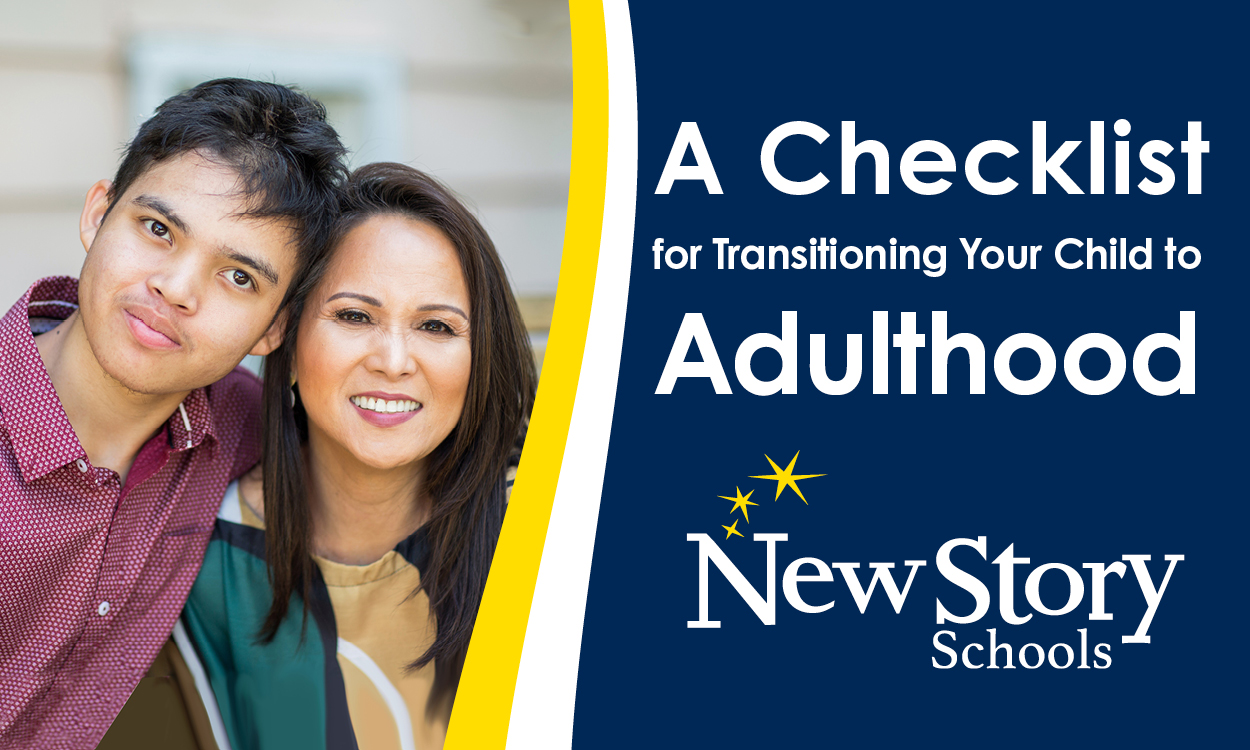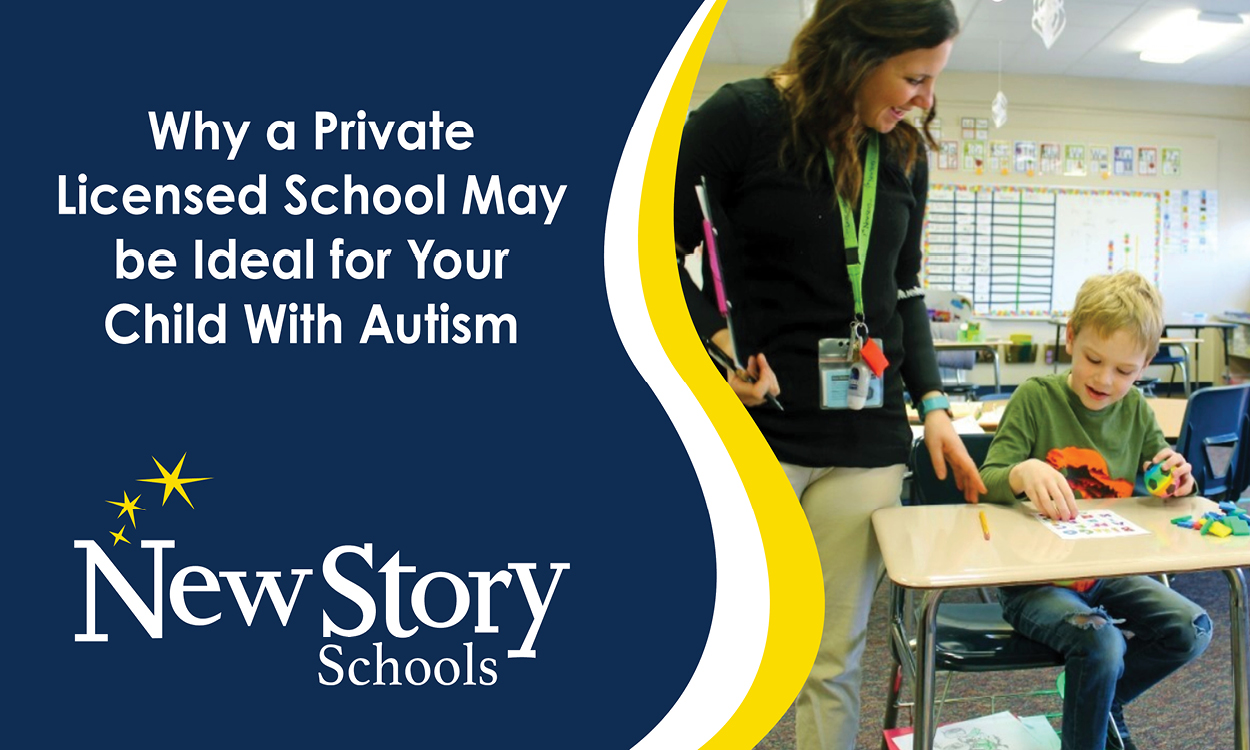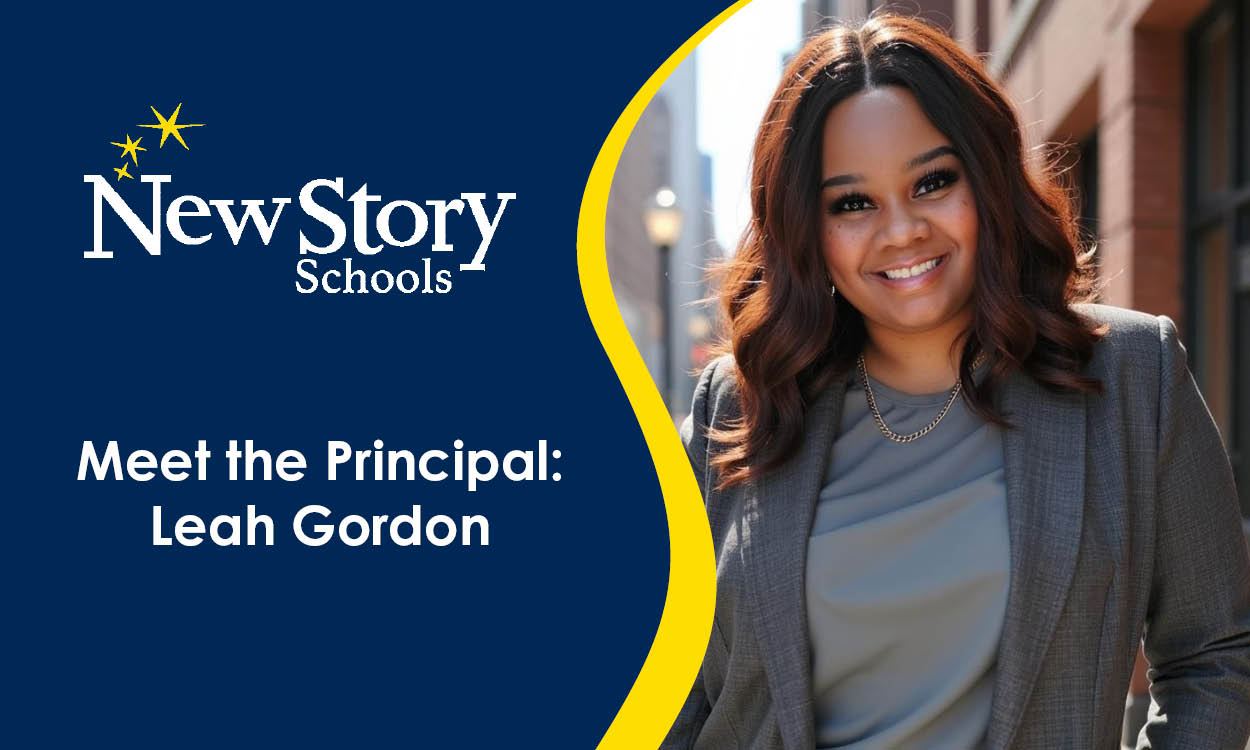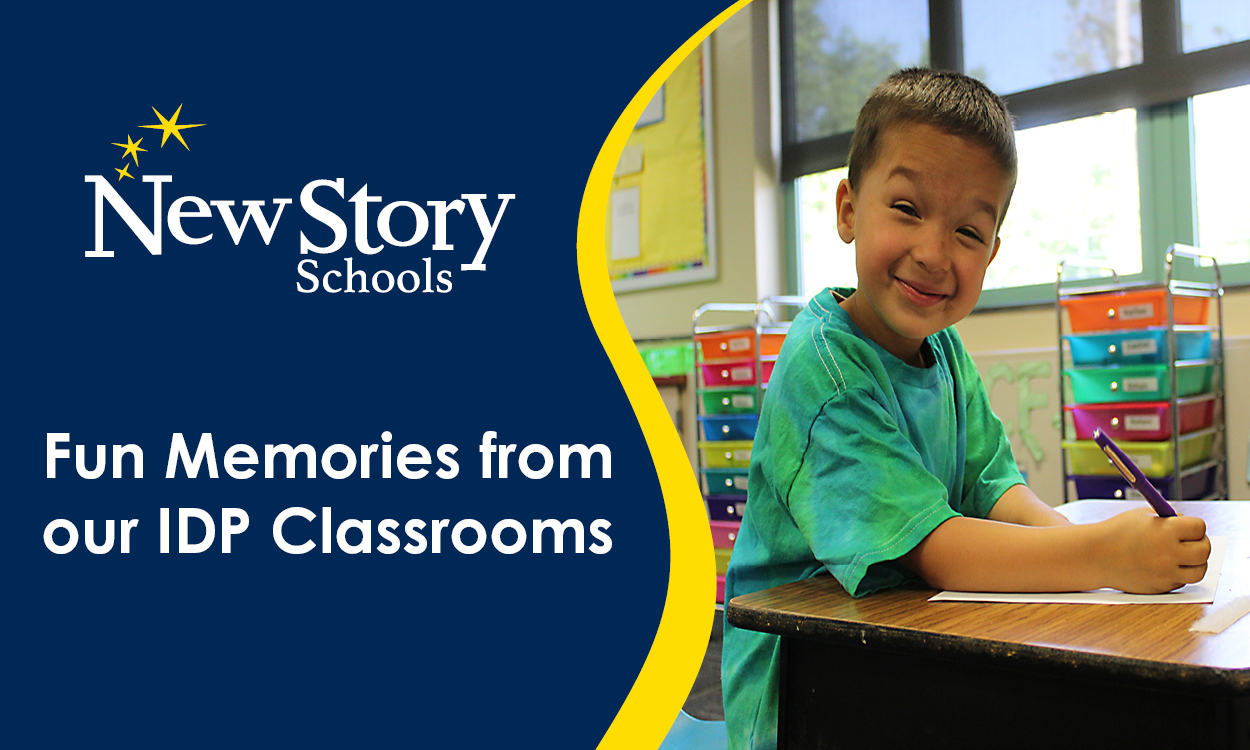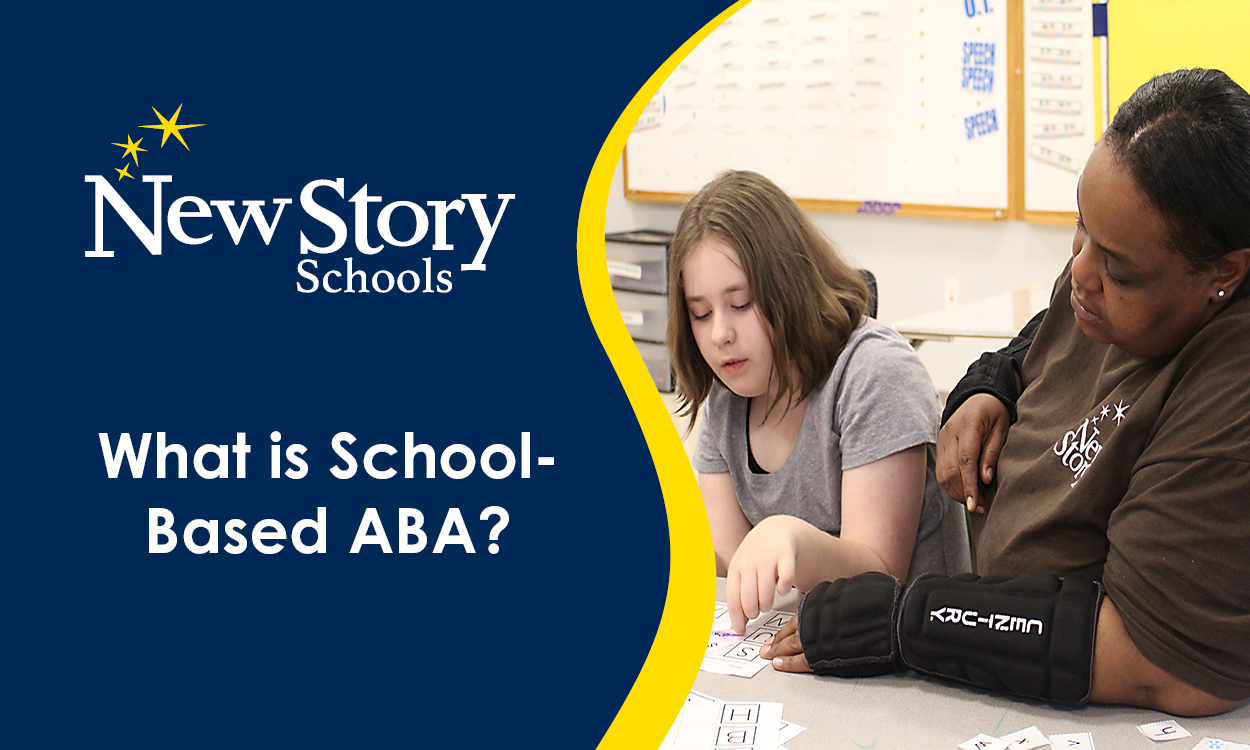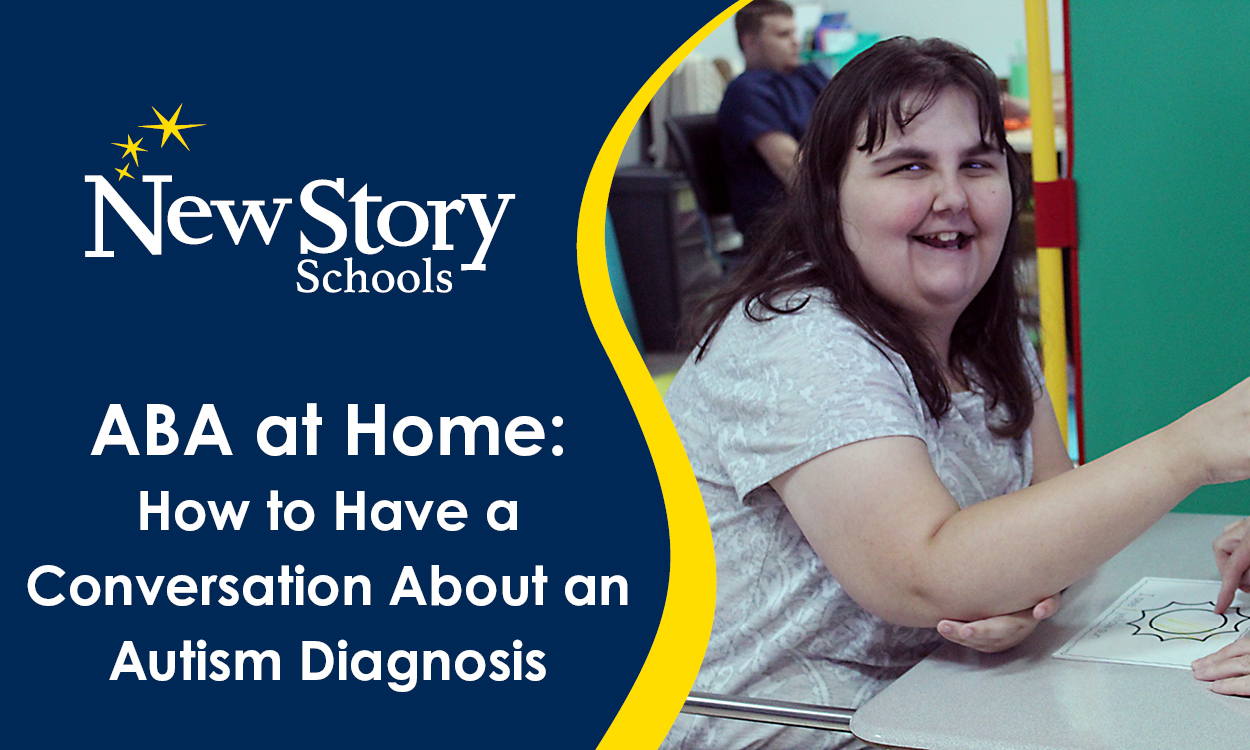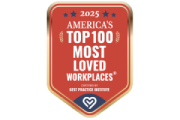What to Look for in a Licensed Private School
Posted: September 09, 2020 | Written By: Susan Griffith, D. Ed. | Category:
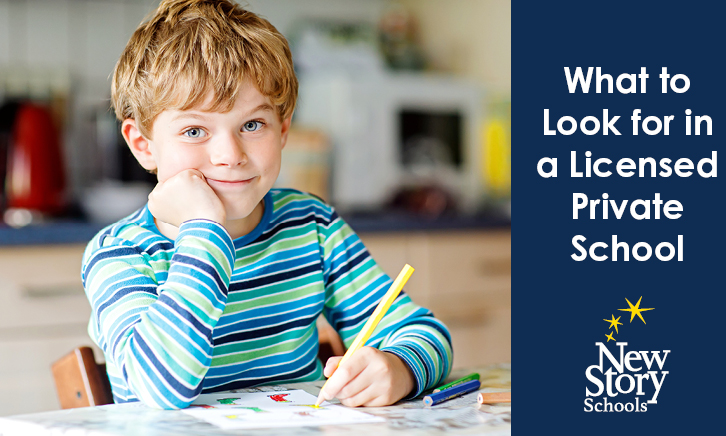
When a child has needs beyond the typical structure or programming of a public school, parents or IEP team members may seek alternative placements for education. This can be a great opportunity to find the right fit for the needs of the child.
Parents may not know exactly what they are looking for when determining which school is a right fit. Below are some recommendations for programming that may take the guesswork out of the already challenging decision to discontinue education in the public school setting, even if for a short period of time. There are also some laws that help to structure the information you are provided.
Free and Appropriate Public Education (FAPE)
Every child is entitled to a free and appropriate education. The focus here is the word "appropriate." What is appropriate for one child may not be for another, and for this reason, districts can use a variety of alternative placements depending on the students' needs. What are the biggest barriers to your child's education? If it is behavior, does the new school offer Behavior Analysis and incorporate positive behavior interventions? Taking the time to understand what intervention strategies and preventative measures the schools have implemented may help you to feel at ease about your child's behaviors being managed appropriately.
Least Restrictive Environment
If your child is able to be educated in a public school among non-disabled peers, the law says that is the least restrictive and best practice. However, in some circumstances, that is not the case and a more “restrictive” environment is necessary. The word “restrictive” doesn’t sound appealing, but it can mean a lot of great things. In Pennsylvania, the class ratio for autism is one teacher to eight students, and for emotional support it is one teacher to 12 students. Having a school with specific licensure on classrooms can ensure your child will have small class sizes, which can lead to more attention and support.
Restrictive also does not need to mean missed opportunities. Many private schools plan school activities that resemble those of public schools: prom, field day, Special Olympics, science fairs, book fairs, craft shows, talent shows, holiday programs, field trips, and many more creative activities. Your child does not need to miss out on experiences that are socially engaging and enriching to their education and lives.
Academic Rigor
Leaving a public school does not mean leaving the focus on academics behind. Your child is still entitled to an education and curriculum that is appropriate to their individual learning needs.
Ask about the school’s scope and sequence, curriculum choices, supplemental materials, technology, community-based instruction, assessments, career training, and of course, the credentials and training of their education team. Report cards, IEP meetings and progress reports are still available to you at private schools and it is appropriate to inquire about student information systems so you can rest assured you will have access to grade books and communication.
Related Services
Some private schools offer on-site therapy for related services, such as Speech and Language Pathology, Occupational Therapy or Counseling. Having therapists at the school helps the child receive all related services outlined in their IEP without having to bounce between locations. It creates an IEP team that is collaborative and able to communicate frequently about the child’s progress.
Environment
Another factor to consider is what the building looks like (and feels like). Is it a former public school building? Is it maintained nicely? Does it have outside space for kids to be kids? Looking at the walls, you may want to see art hanging and nicely decorated bulletin boards highlighting student work. The environment includes safety – are objects free from the hallway and do arrival and dismissal procedures consider student safety? Schools should be able to explain their safety protocols and emergency responses so you know your child is safe at school. You can expect private schools to train their teams on active shooter response, weather emergencies, internal threats, and other various safety concerns, just as a public school would.
Length of Stay
Depending on your child’s needs, they may be at the new school for a short period of time or an extended period. This is something to talk about from the beginning. Identify your goals for a successful return and be open about the possibility that it may end up being sooner or longer than you originally anticipated, depending on your child’s progress. Schools may be able to provide information on an average length of stay, and some offer 45-day programs for students in need of a prescribed, short-term placement.
Finding the right school may seem daunting at first, or scary, to say the least. Knowing what you are looking for and what can/should be available is a great way to prepare questions during your tour. There are many ways that kids learn, so thinking about what is important to your family is critical as you set your child up for future success in a new school.
Want to be notified of new articles and resources from New Story Schools? Submit your email and opt into our newsletter!


